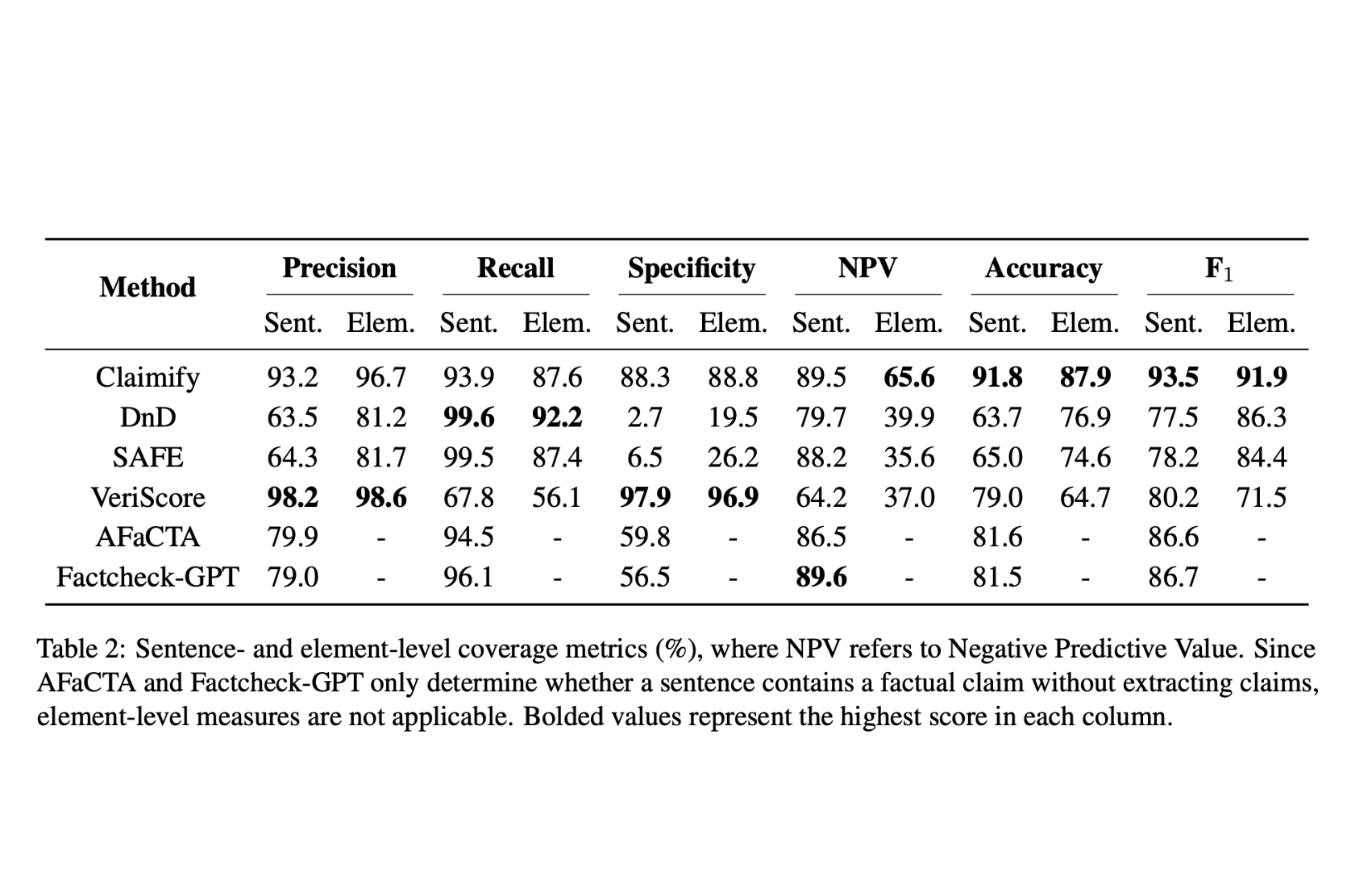
Enhancing Content Accuracy with Claimify
The Impact of Large Language Models (LLMs)
The rise of Large Language Models (LLMs) has revolutionized the way businesses create and consume content. However, this transformation is accompanied by significant challenges, particularly concerning the accuracy and reliability of the information produced. LLMs often generate content that may contain unverified claims, which can contribute to the spread of misinformation. As such, organizations must prioritize effective fact-checking processes to extract accurate claims from LLM outputs.
Introducing Claimify: A Solution for Accurate Claim Extraction
To address these challenges, Microsoft AI Research has developed Claimify, a sophisticated claim-extraction system designed to improve the accuracy and context-awareness of claims derived from LLM-generated content. Claimify effectively tackles the limitations of existing methods by focusing on the inherent ambiguities present in the content.
How Claimify Works
Claimify operates through a structured pipeline consisting of three pivotal stages:
- Selection: This initial phase utilizes LLMs to identify sentences containing verifiable information, filtering out non-factual content.
- Disambiguation: In this stage, Claimify addresses ambiguities by clarifying unclear references and multiple interpretations before proceeding with claim extraction.
- Decomposition: The final phase transforms each clarified sentence into precise, context-independent claims, enhancing the overall accuracy and completeness.
Evaluation and Results
In tests using the BingCheck dataset, which encompasses a wide array of topics and complex LLM responses, Claimify showcased significant advancements over traditional methods. Key outcomes include:
- A high entailment rate of 99%, indicating strong alignment between extracted claims and original content.
- A claim coverage rate of 87.6%, effectively capturing verifiable content.
- A precision rate of 96.7%, surpassing the performance of comparable systems.
Strategic Recommendations for Businesses
As organizations increasingly rely on LLM-generated content, the following strategies can help leverage AI technologies effectively:
- Explore Automation: Identify tasks and customer interactions where AI can add value, optimizing workflows.
- Monitor Key Performance Indicators (KPIs): Establish metrics to gauge the positive impact of AI investments on your business.
- Select Appropriate Tools: Choose AI solutions tailored to your needs, ensuring customization aligns with your objectives.
- Start Small: Implement AI in a pilot project, collect data on its effectiveness, and then scale your AI initiatives progressively.
Conclusion
Claimify represents a significant step forward in the automated extraction of reliable claims from LLM-generated content. By systematically addressing ambiguities and context-specific nuances, Claimify sets a new standard for accuracy and reliability in content creation. As the reliance on LLMs grows, tools like Claimify will be essential in ensuring the trustworthiness and factual integrity of the information disseminated.
























